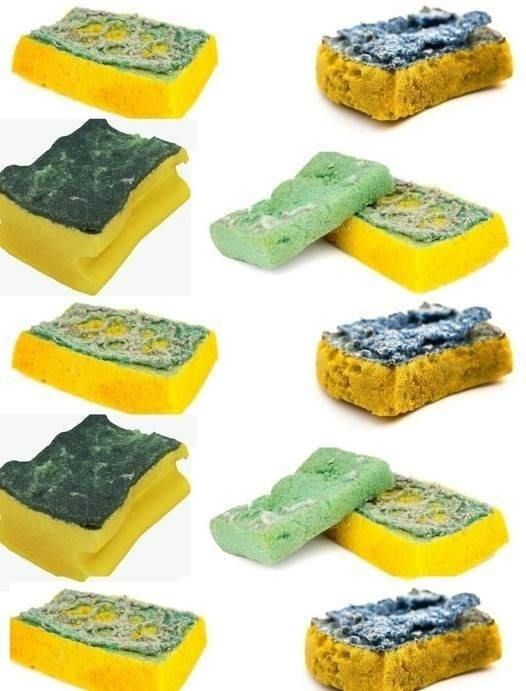ADVERTISEMENT
Combine garden soil with cut-up sponge pieces.
Add sand in a ratio of 1 part sand to 3 parts sponge-soil mixture.
Mix well:
Mix well to ensure even distribution of sand, sponge pieces, and soil.
Make sure the sand is well incorporated to maximize its beneficial effects on soil aeration.
By following these practical tips, you are creating an optimal environment for your plants to grow, while taking an eco-friendly and sustainable approach.
Top 3 Mistakes to Avoid When Using Sponges
Using Synthetic Sponges That Aren’t Biodegradable: Synthetic sponges are often made from non-biodegradable materials, such as plastic, which can pollute the environment when they decompose. Using biodegradable sponges is essential to minimize environmental impact, as they decompose naturally and do not leave harmful residues.
Not disinfecting sponges before using them: Kitchen sponges, especially those that have been used, can harbor bacteria and other microbes. It is crucial to thoroughly wash and disinfect sponges before using them in the garden. This can be done by soaking them in vinegar or baking soda for 24 hours, or by using a bleach solution for a more thorough disinfection. A clean sponge ensures that you are not introducing pathogens into your soil, thus protecting the health of your plants.
Read more on next page
ADVERTISEMENT
